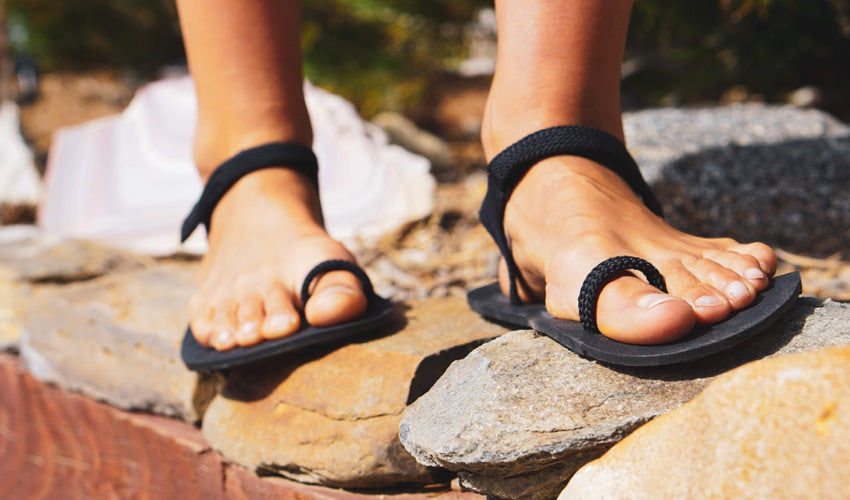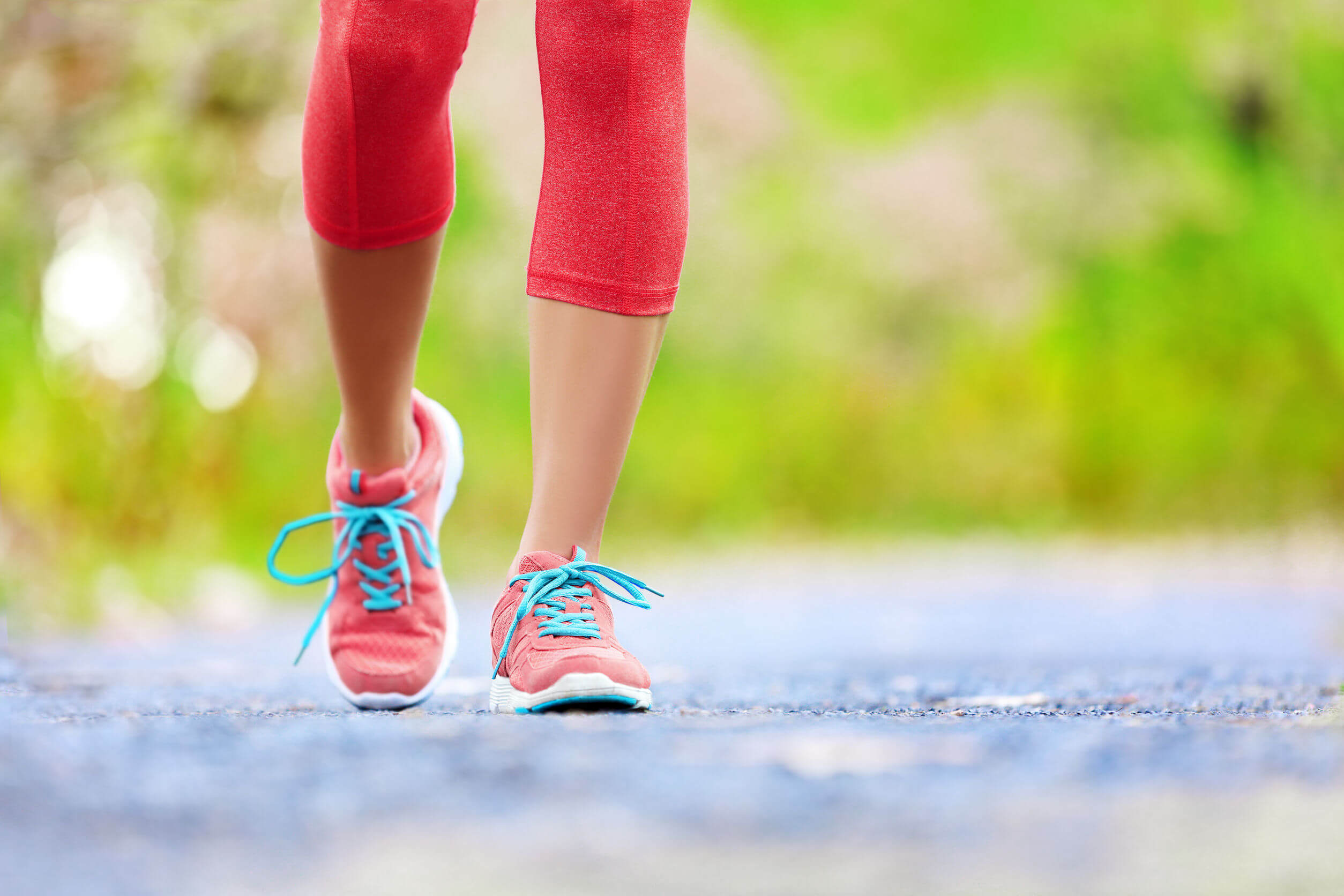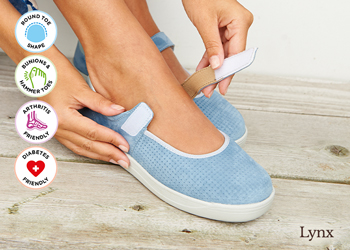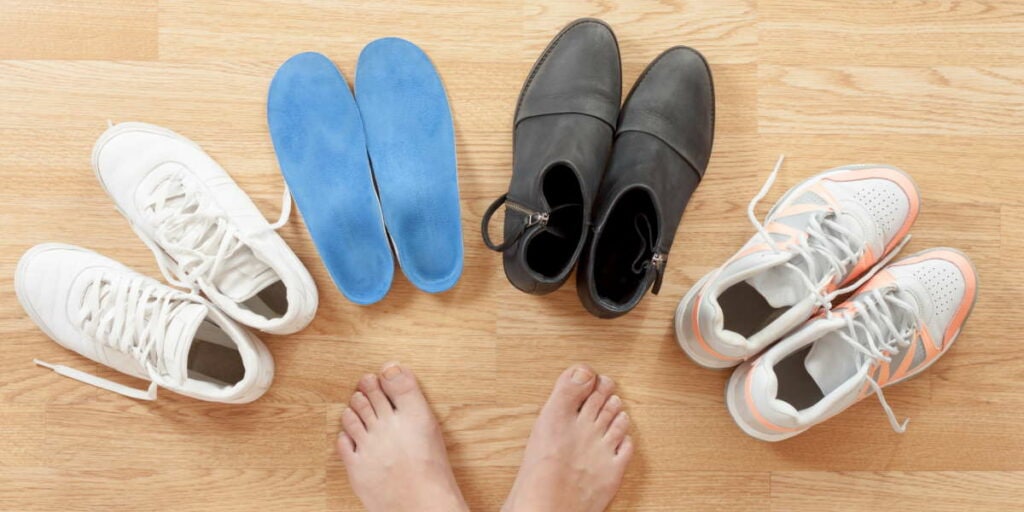Living with bunions and hammer toes can be quite challenging, particularly when it comes to choosing the right shoes. Let’s dive into the intricate world of footwear specifically designed to provide relief while still allowing you to express your style. This comprehensive guide aims to help you navigate your choices with confidence, while also sharing cultural insights and local experiences related to foot health in the USA.
Understanding Bunions and Hammer Toes
Bunions, or hallux valgus, are bony protrusions that occur at the base of the big toe, leading to discomfort and pain. Hammer toes, on the other hand, are a condition where one or more of the toes bend downward at the middle joint, causing a claw-like appearance. Both conditions can severely affect your choice of footwear, leading to the need for shoes that accommodate foot deformities.
Causes of Bunions and Hammer Toes
- Genetics: Family history plays a role in the likelihood of developing bunions and hammer toes.
- Footwear Choices: High heels and narrow shoes can exacerbate these conditions.
- Medical Conditions: Arthritis and other autoimmune disorders may increase the risk.
- Aging: Natural wear and tear on foot structures can lead to these deformities.
Symptoms to Look For
- Pain or discomfort in the big toe or other affected toes.
- Swelling and redness around the joint.
- Calluses or corns developing on the toes or feet.

Choosing the Right Shoes for Bunions and Hammer Toes
Your choice of footwear can either alleviate or exacerbate foot pain associated with bunions and hammer toes. Here’s what to look for:

Key Features of Good Footwear
- Wide Toe Box: Shoes that have a wider area for your toes can help reduce pressure and friction.
- Cushioning: Proper arch support and cushioning can help absorb shock and provide comfort.
- Adjustability: Shoes with straps or laces allow for customization of fit.
- Stability: A stable sole can provide better support throughout the day.
Types of Shoes to Consider

Sandals
Look for sandals with adjustable straps and arch support to keep your feet comfortable during warm weather. Brands like Birkenstock and Teva offer options that feature ergonomic designs.
Sneakers
Comfortable sneakers with a wide toe box are essential. Brands such as New Balance and ASICS are known for their supportive footwear for those with foot conditions.

Dress Shoes
Finding stylish dress shoes may be more challenging, but brands like Vionic and Naturalizer provide fashionable options that prioritize comfort.
Orthopedic Shoes
For severe cases, consider orthopedic shoes that are specially designed to accommodate bunions and hammer toes. Look for brands like SAS Shoes or Klogs.

Comparison Table of Popular Brands for Bunions and Hammer Toes
| Brand | Type | Key Features | Price Range |
|---|---|---|---|
| Birkenstock | Sandals | Adjustable straps, arch support | $100 – $150 |
| New Balance | Sneakers | Wide toe box, cushioning | $70 – $120 |
| Vionic | Dress Shoes | Stylish, supportive design | $80 – $160 |
| SAS Shoes | Orthopedic | Custom fit, excellent support | $150 – $250 |

Pros and Cons of Different Types of Shoes
Sneakers
- Pros: Great cushioning and support, versatile for daily wear.
- Cons: May not always be deemed appropriate for formal occasions.

Sandals
- Pros: Breathable, easy to wear in warm climates.
- Cons: Limited support for extended walking.
Orthopedic Shoes
- Pros: Tailored to foot conditions; high comfort level.
- Cons: May lack in aesthetic appeal, often bulkier.
Tips for Finding the Perfect Shoe
Choosing the right shoe can significantly alleviate discomfort. Here are some handy tips:
- Shop for shoes in the afternoon when your feet are slightly swollen for the best fit.
- Always try shoes on and walk around to check for comfort.
- Consider using orthotic inserts if required.
- Look for brands that offer a money-back guarantee to try their products risk-free.
When to Seek Professional Help
If you experience persistent pain or discomfort even after changing your footwear, it may be time to consult a healthcare professional. Podiatrists can provide personalized recommendations and treatment options tailored to your situation.
Available Treatments for Bunions and Hammer Toes
Beyond selecting the right shoes, various treatment options exist:
- Orthotic Devices: Custom orthotics can provide added support.
- Physical Therapy: Exercises aimed at strengthening foot muscles.
- Surgery: In severe cases, surgical intervention may be required to relieve pain.
FAQs About Shoes for Bunions and Hammer Toes
1. What are the best types of shoes for bunions?
The best shoes for bunions typically feature a wide toe box, supportive insoles, and are made from flexible materials. Brands like New Balance and Vionic are popular choices.
2. Can wearing the wrong shoes cause hammer toes?
Yes, wearing tight, narrow shoes can aggravate or even lead to the development of hammer toes by placing excessive pressure on the toes.
3. Are orthopedic shoes stylish?
Yes, many brands now offer stylish orthopedic shoes that combine comfort with modern aesthetics, proving you don’t have to sacrifice style for comfort.
4. How often should I replace my shoes for bunions or hammer toes?
It’s advisable to replace your shoes every 6-12 months, especially if you wear them frequently, to maintain the necessary support and cushioning.
Cultural Insights: Local Experiences with Footwear in the USA
In many regions of the USA, particularly in warmer climates, open-toed sandals become a popular option, yet it’s crucial to ensure they provide adequate support for bunions and hammer toes. Local footwear stores often feature brands that cater to foot health, and promoting awareness in community health events can significantly improve foot care practices among residents.
Rounding Up Your Options
In conclusion, finding shoes for bunions and hammer toes doesn’t have to be a daunting task. By considering the right features, styles, and comfort levels, you can alleviate foot pain while still expressing your personal style. Remember that investing in a good pair of shoes can make all the difference in your daily comfort and overall foot health.
Further Reading and Resources
For more information on bunions, hammer toes, and appropriate footwear, check out these resources:
- American Podiatric Medical Association (APMA) (nofollow)
- Bunions: An Overview (nofollow)
- Management of Hammer Toes (nofollow)
By choosing the right footwear and being mindful of your foot health, you can lead a more comfortable and stylish life, free from the constraints of bunions and hammer toes.